There are no items in your cart
Add More
Add More
| Item Details | Price | ||
|---|---|---|---|
We have discussed about the purpose and structure of the pacs.004 message in our earlier blog. It is used to return a payment previously settled. In this blog, let us delve deeper and understand a vital element of this message - the return chain.
The Return Chain (<RtrChain>) element is present in the Transaction Information (<TxInf>) section of a pacs.004 message.
This element contains nested within itself all the parties involved in the payment return. The reason this separate Return Chain element was included is that, in MT return messages it is difficult to understand whether the roles mentioned in the return message is that of the original payment or that of the return payment. So, to remove all ambiguity, this element was introduced so that the entire path of the return and roles played by agents is clear.
The roles in a payment return are usually the reverse of the original payment. But that is not always the case. Let us understand how.
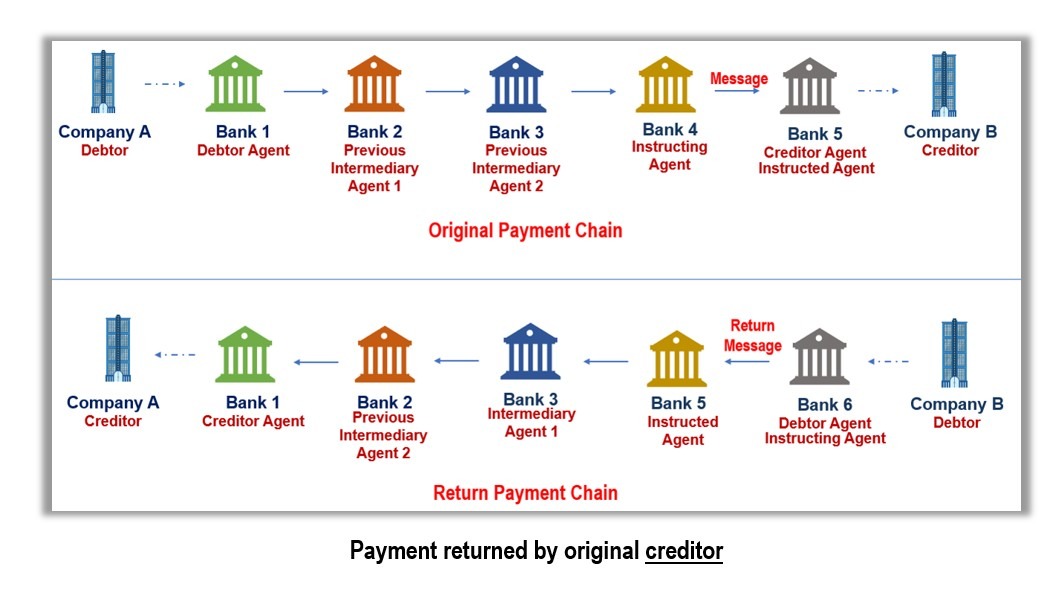
In the above case, the payment is returned by the original creditor. Thus, all the roles of the agents have got reversed while returning the payment to the original debtor. So, the creditor agent becomes the debtor agent and likewise.
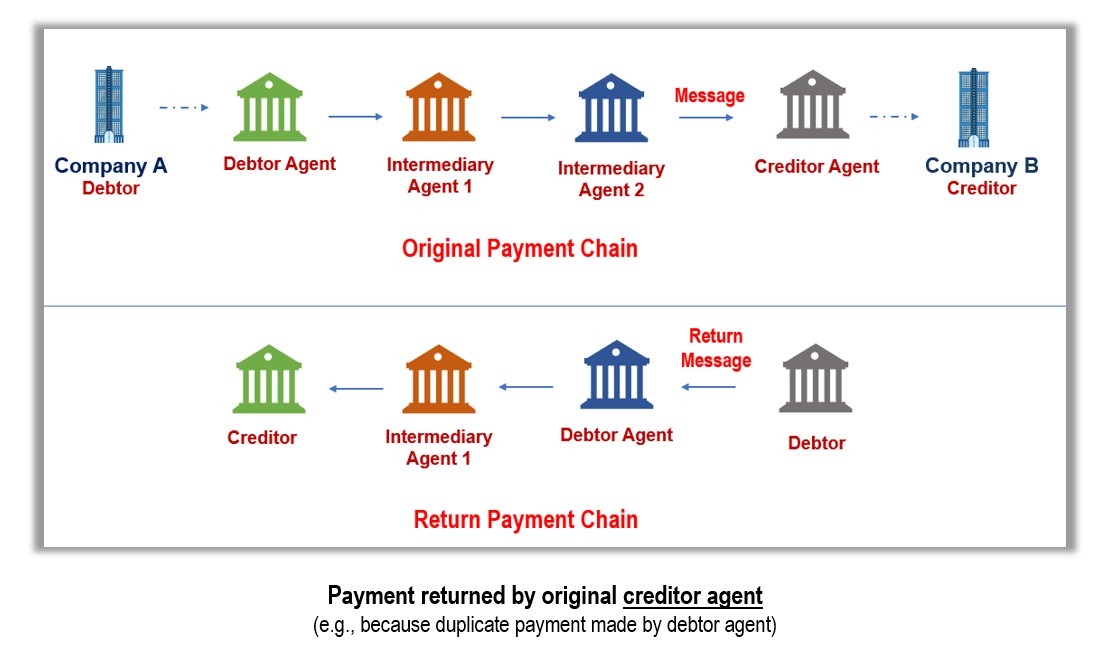
In this case above, it is the creditor agent who is returning the funds, suppose after detecting a duplicate payment by the debtor agent. So here the creditor agent becomes the debtor. Also, it is possible that while returning, the creditor agent wants to leave it to the debtor agent about what to do with the returned fund, and thus puts the debtor agent as the creditor, instead of the original debtor. So, in such a case the return chain is not the exact reverse of the original payment roles.
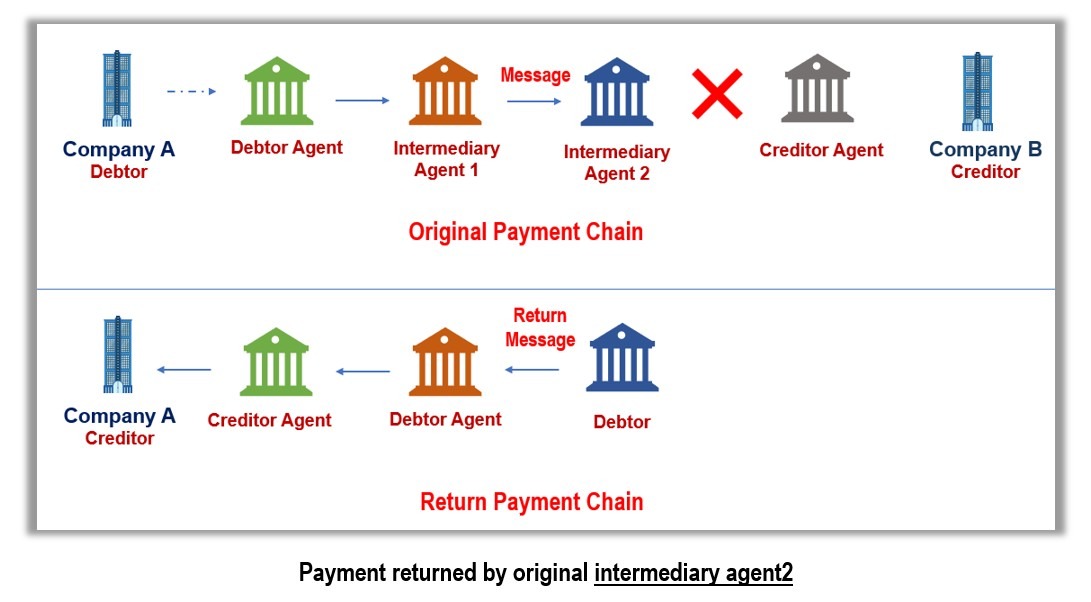
In another case, it is possible that the payment is getting returned by an intermediary agent and does not reach the creditor agent at all. In that case it's the intermediary agent which will become the debtor in the return chain and likewise all the other roles will follow.
Thus, the main concept of the return chain is that though usually it will the exact reverse of the original payment roles, in certain cases, it will vary, and the debtor of the return chain will always be the party who actually initiated the return.
Various wrong practices of returning a payment have been observed by the PMPG till date. Some of those are -
In the future, the Transaction Manager along with the Case Manager will be able to detect such wrong practices of returning funds and may NAK the message altogether. For example, it may detect that a pacs.008 or pacs.009 has been used to return a payment or a pacs.002 was sent in place of a pacs.004.
Thus, it is imperative that banks sow the correct practice of returning funds to reap the most benefits and avoid technical issues in the coming future.
WANT TO READ MORE?
Already signed up/ logged in? Then you are all set!
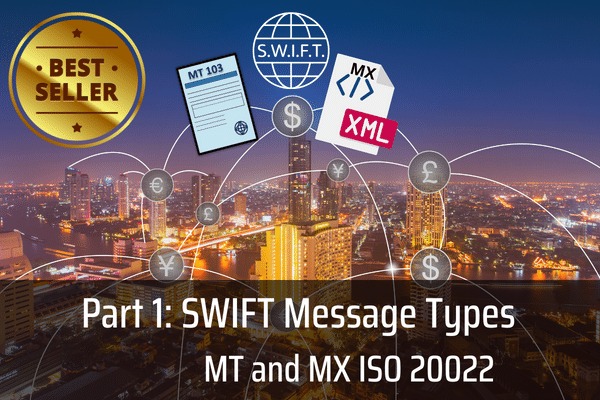
Basics of Payments | SWIFT MT/ MX Payment Message Types with examples | SWIFT GPI
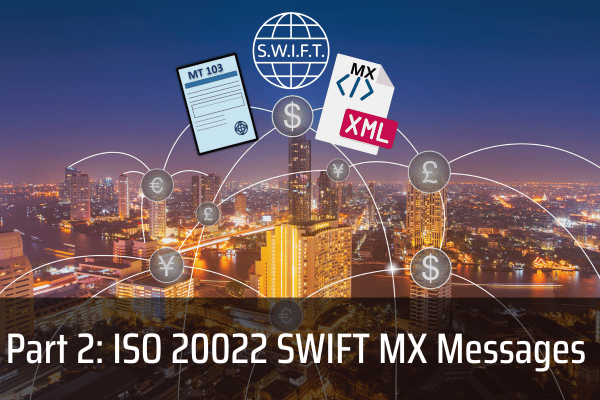
CBPR+ Usage Guidelines | XML and Messages Schema | Messages Structure | MX Messages Examples
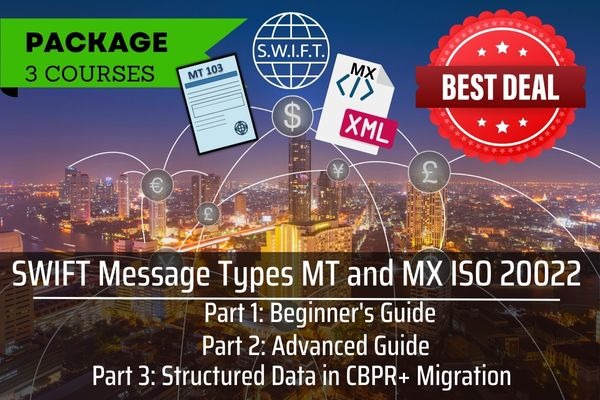
The Ultimate No-Nonsense Guide to SWIFT MT and ISO 20022 MX Message Types